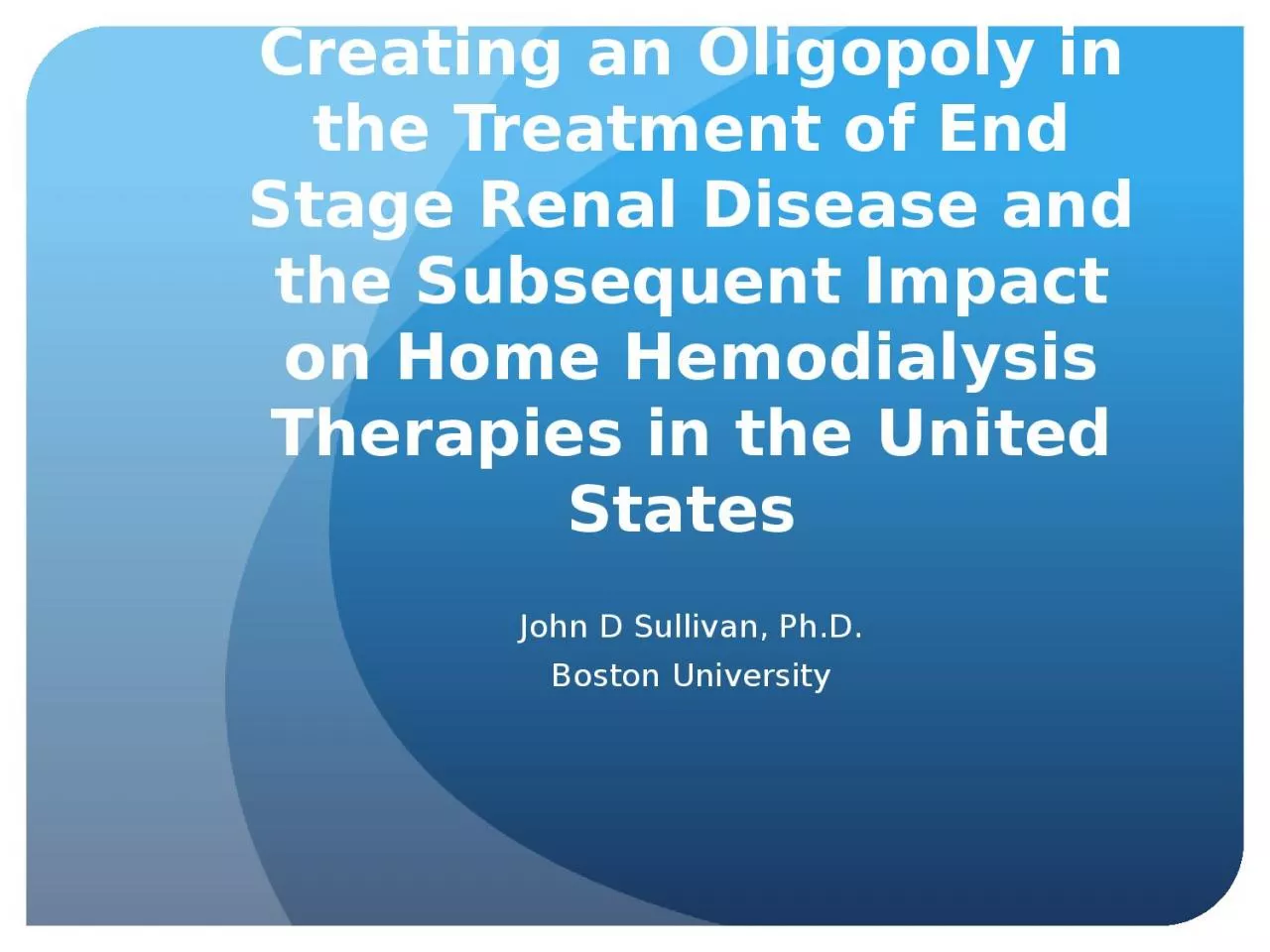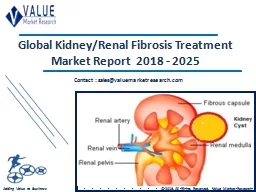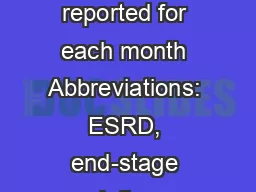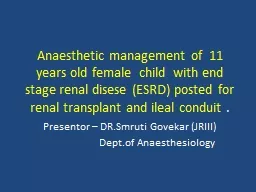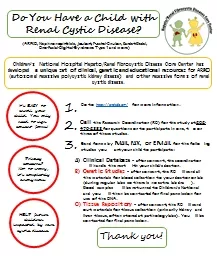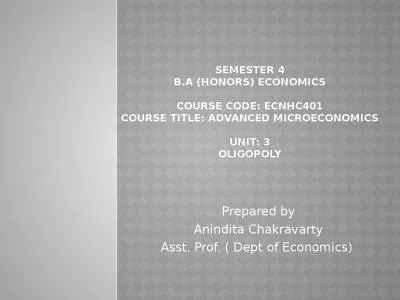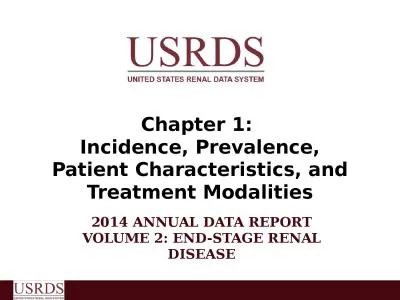PPT-Creating an Oligopoly in the Treatment of End Stage Renal Disease and the Subsequent Impact
Author : LifeOfTheParty | Published Date : 2022-08-02
John D Sullivan PhD Boston University Agenda History Disease amp Modalities Economics Consolidation amp the Oligopoly Treatment Modality Trends History Technology
Presentation Embed Code
Download Presentation
Download Presentation The PPT/PDF document "Creating an Oligopoly in the Treatment o..." is the property of its rightful owner. Permission is granted to download and print the materials on this website for personal, non-commercial use only, and to display it on your personal computer provided you do not modify the materials and that you retain all copyright notices contained in the materials. By downloading content from our website, you accept the terms of this agreement.
Creating an Oligopoly in the Treatment of End Stage Renal Disease and the Subsequent Impact: Transcript
Download Rules Of Document
"Creating an Oligopoly in the Treatment of End Stage Renal Disease and the Subsequent Impact"The content belongs to its owner. You may download and print it for personal use, without modification, and keep all copyright notices. By downloading, you agree to these terms.
Related Documents

